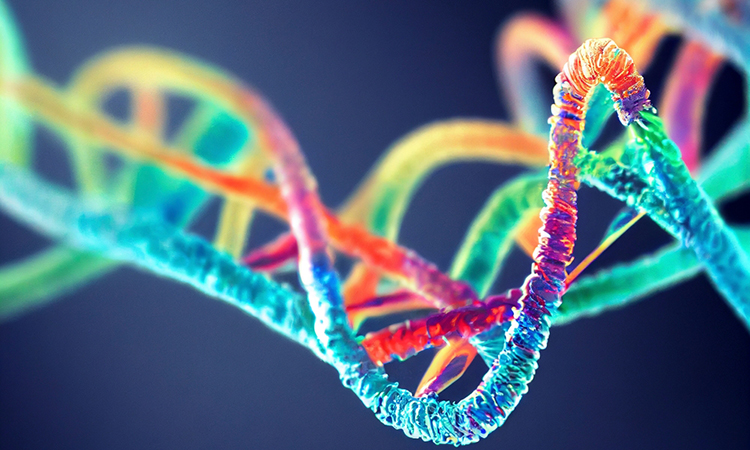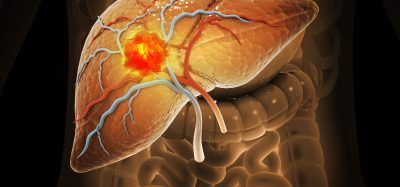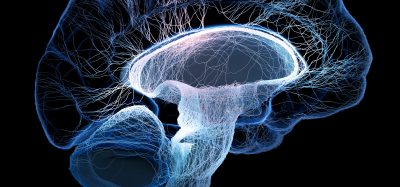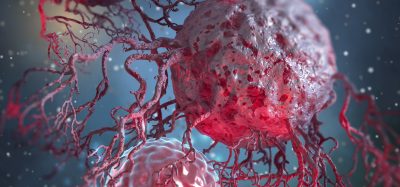Investigating the genetic changes of the DDX3X gene
Posted: 8 December 2023 | Drug Target Review | No comments yet
Using saturation genome editing, researchers have created a map of disease-causing mutations for neurodevelopmental disorders and cancer.

Researchers at the Wellcome Sanger Institute and the University of Cambridge have made the first extensive map demonstrating how over 12,000 genetic changes can affect health in the gene DDX3X. A quarter of these alterations were identified as stopping the DDX3X protein from functioning properly. This provides useful insights into the underlying mechanisms of neurodevelopmental disorders and cancer.
The novel technique outperforms others that rely solely on artificial intelligence (AI), revealing the significance of 90 percent of previously unexplained genetic changes’ impact on health. The study’s findings are freely available to doctors to facilitate diagnosis of DDX3X-related neurodevelopmental disorder and progress the development of new treatments.
The researchers are forming the Atlas of Variant Effect Alliance with other scientists around the globe, applying their technique at scale to many other genes relevant for neurodevelopmental disorders and cancer.
The DDX3X gene has been linked to a specific neurodevelopmental disorder since 2015, which mainly affects women. DDX3X-related neurodevelopmental-disorder is typically associated with intellectual disability, developmental delays, and seizures. Genetic changes in the gene have also been previously linked to forms of cancer, but it was unknown whether this caused too much or too little activity of the DDX3X protein.
It is very difficult to diagnose developmental disorders in young children where symptoms could be still developing. There are often many medical appointments and tests before a specific diagnosis is given. Detecting these early through genetic screening can greatly enhance treatment effectiveness and improve quality of life for affected individuals, yet there was limited understanding of which harmful genetic changes to look out for.
Saturation genome editing
The team directly tested thousands of genetic changes by artificially altering the genetic code of human cells grown in a dish, in a process known as saturation genome editing. Then, the experimental data was compared with health data from the UK Biobank cohort and from data bases of genetic changes observed in people with neurodevelopmental disorders and cancer to understand the effects of having genetic alterations.
From the 12,776 different genetic changes, 3,432 were identified as preventing the protein from working properly. For most of these genetic changes, doctors previously could not predict whether they affected health. Using the technique, the team were able to discover the significance of up to 93 percent of genetic changes for which the impact on health was previously unknown. An accuracy of 99 percent was achieved in pinpointing the DDX3X genetic changes relevant to neurodevelopmental disorders.
Also, the current study was able to demonstrate that the genetic changes seen in cancer prevent the DDX3X protein from working properly, an important insight that will facilitate the development of new cancer treatments targeting the gene.
“Our approach, which goes beyond computation to assess the effect of mutations, enables us to reliably differentiate between harmless and harmful rare genetic changes.”
An author of the study Dr Sebastian Gerety, from the Wellcome Sanger Institute, said: “We currently can read the letters in the genetic code (A, C, T and G), but often do not understand what they mean. Even apparently minor changes can profoundly impact a child’s development in genetic conditions. Our approach, which goes beyond computation to assess the effect of mutations, enables us to reliably differentiate between harmless and harmful rare genetic changes.”
Dr David Adams, another author of the study and senior group leader at the Wellcome Sanger Institute, said: “DDX3X is altered in a range of cancers and in particular in childhood brain cancers. Understanding exactly which mutations are disease-causing facilitates diagnosis and can help ensure patients get the most suitable treatment for their disease.”
This study was published in Nature Communications.
Related topics
Cancer research, Genetic Analysis, Genomics, Neurosciences, Protein, Screening
Related conditions
Cancer, Cancer Research, DDX3X-related neurodevelopmental disorder
Related organisations
Atlas of Variant Effect Alliance, UK Biobank, University of Cambridge, Wellcome Sanger Institute







